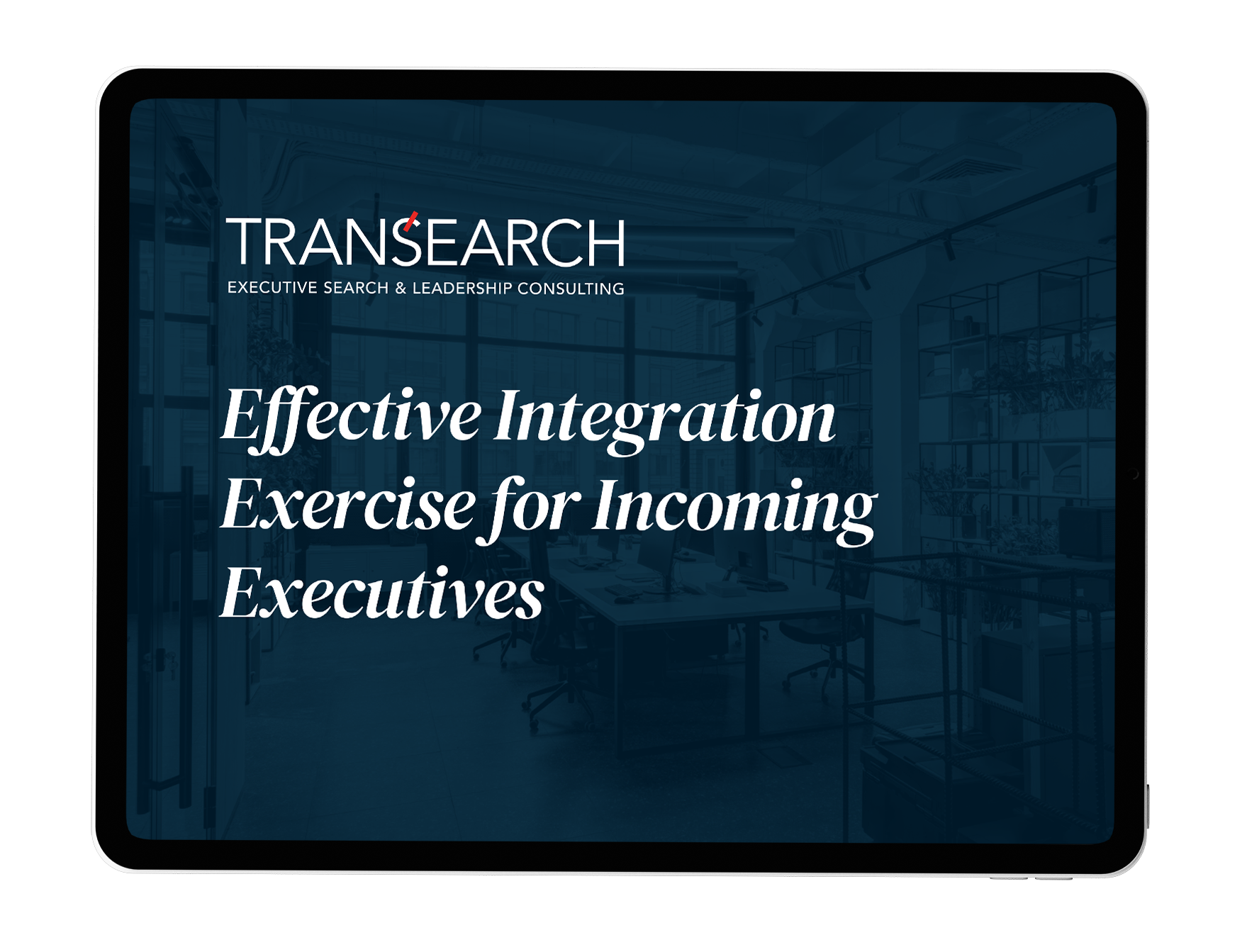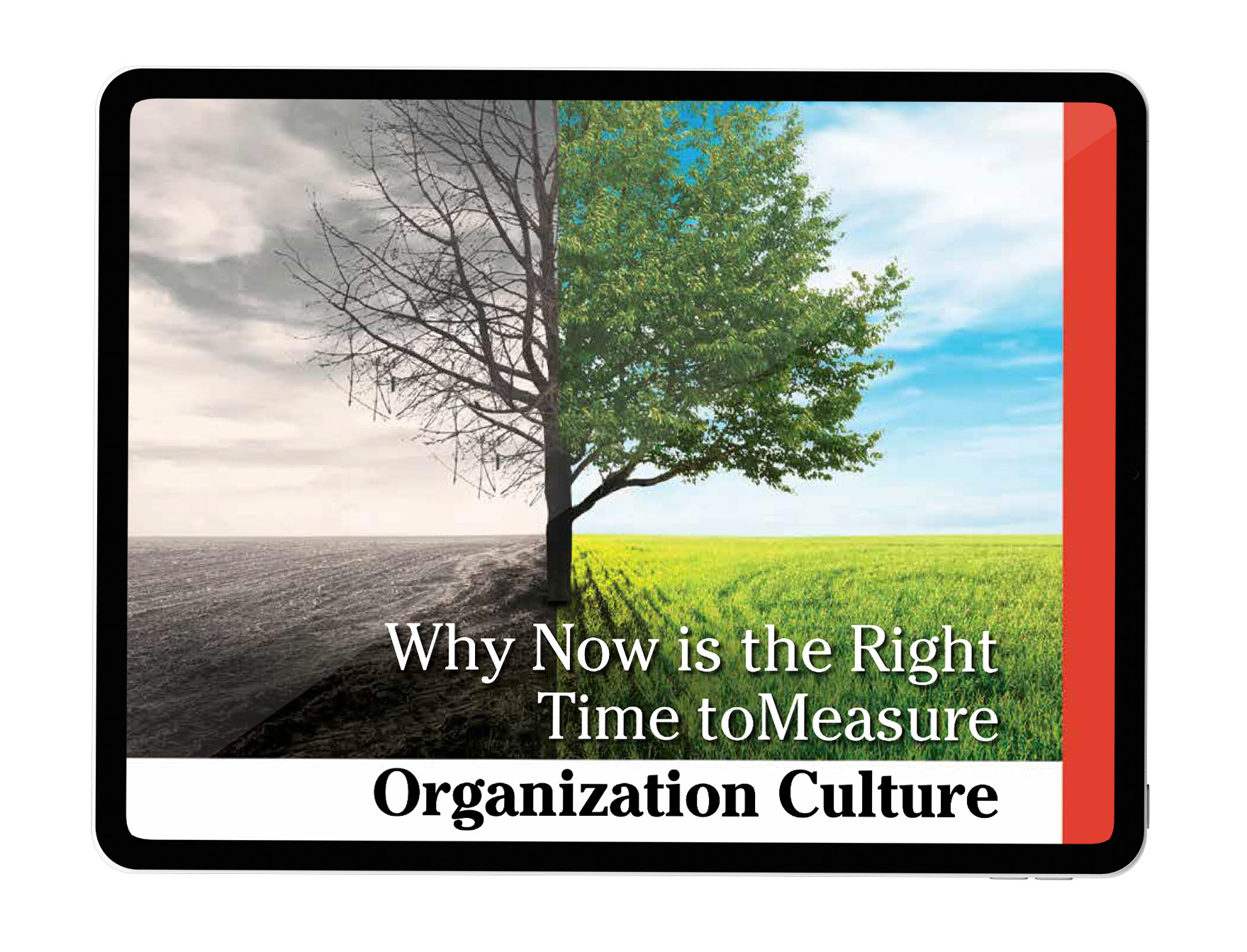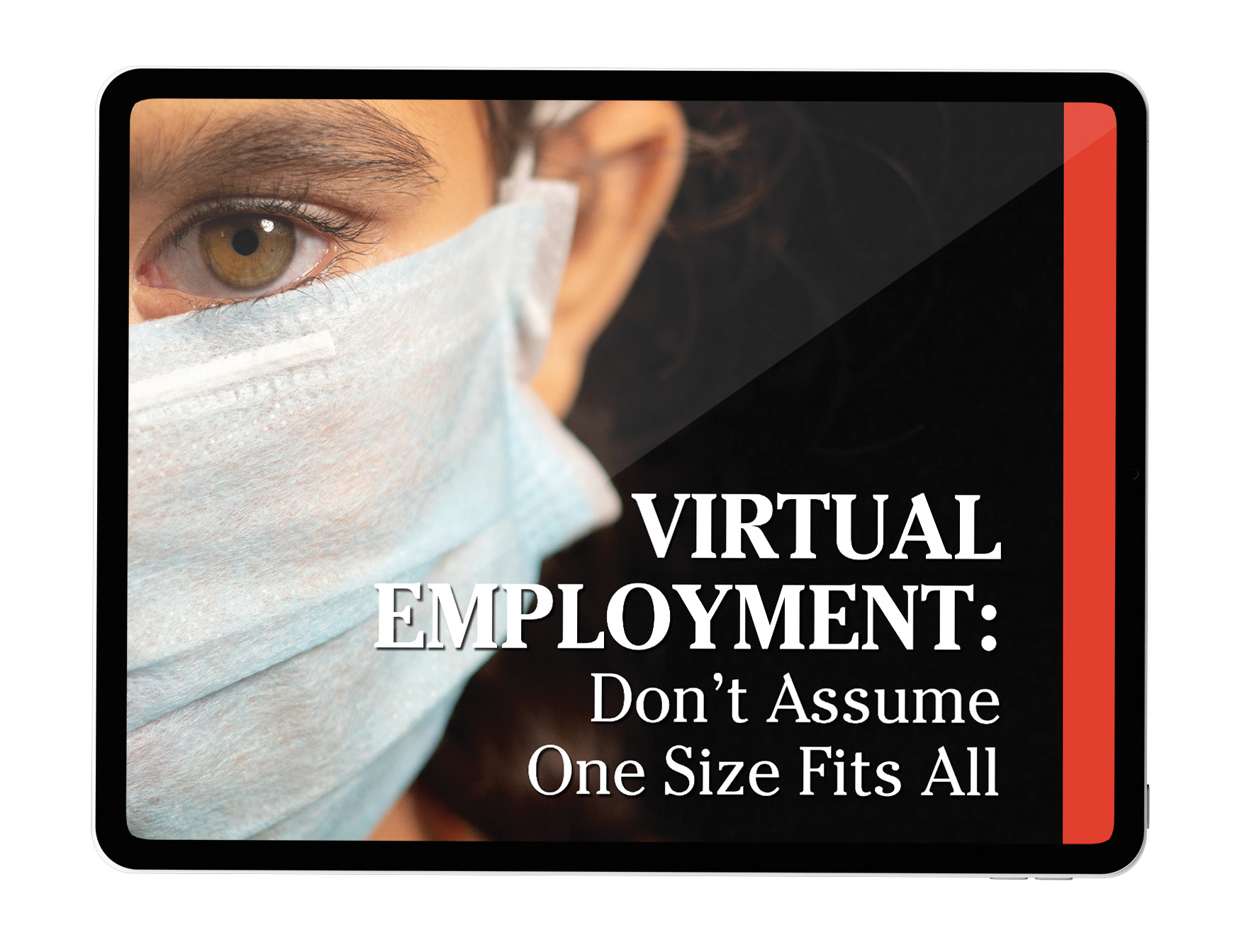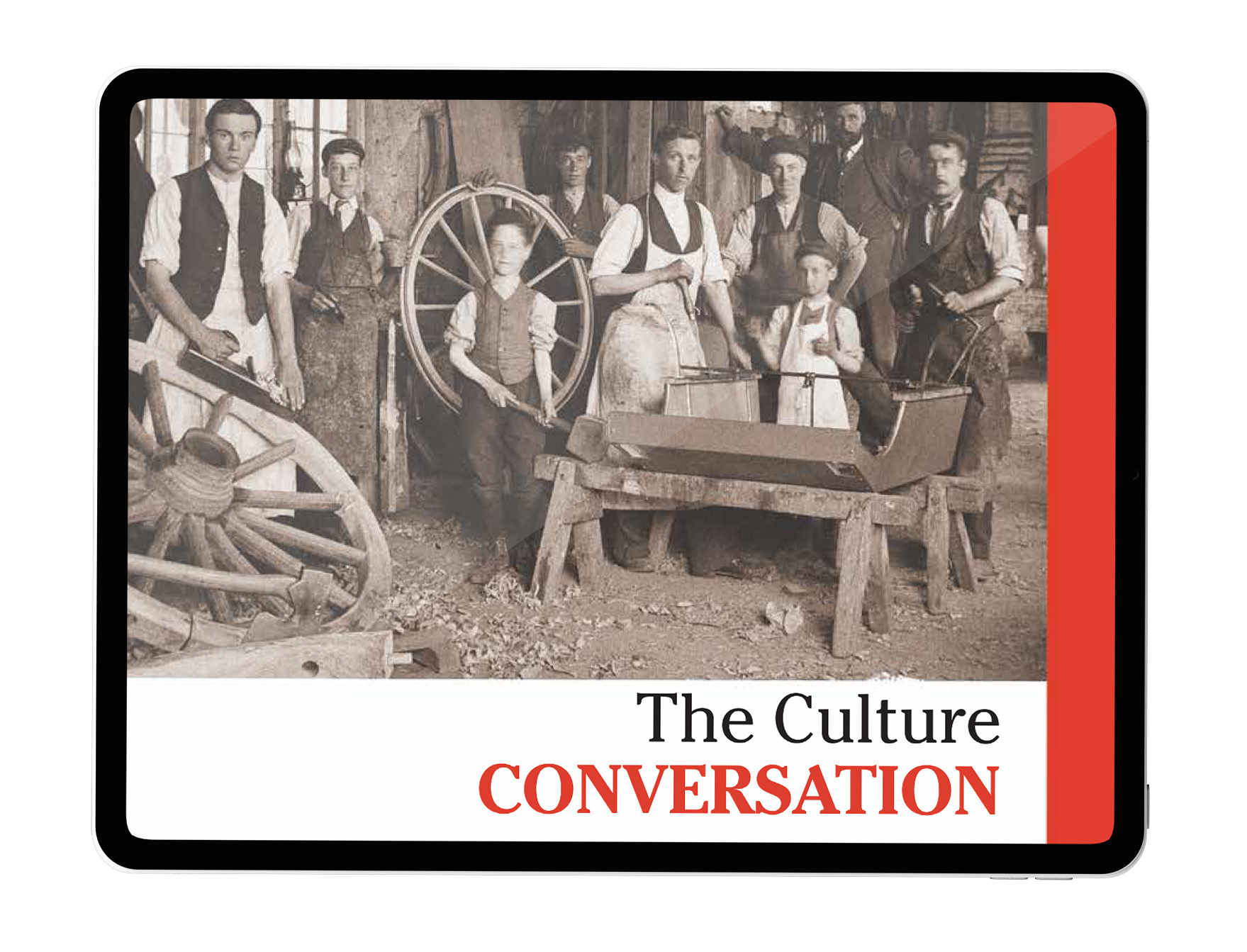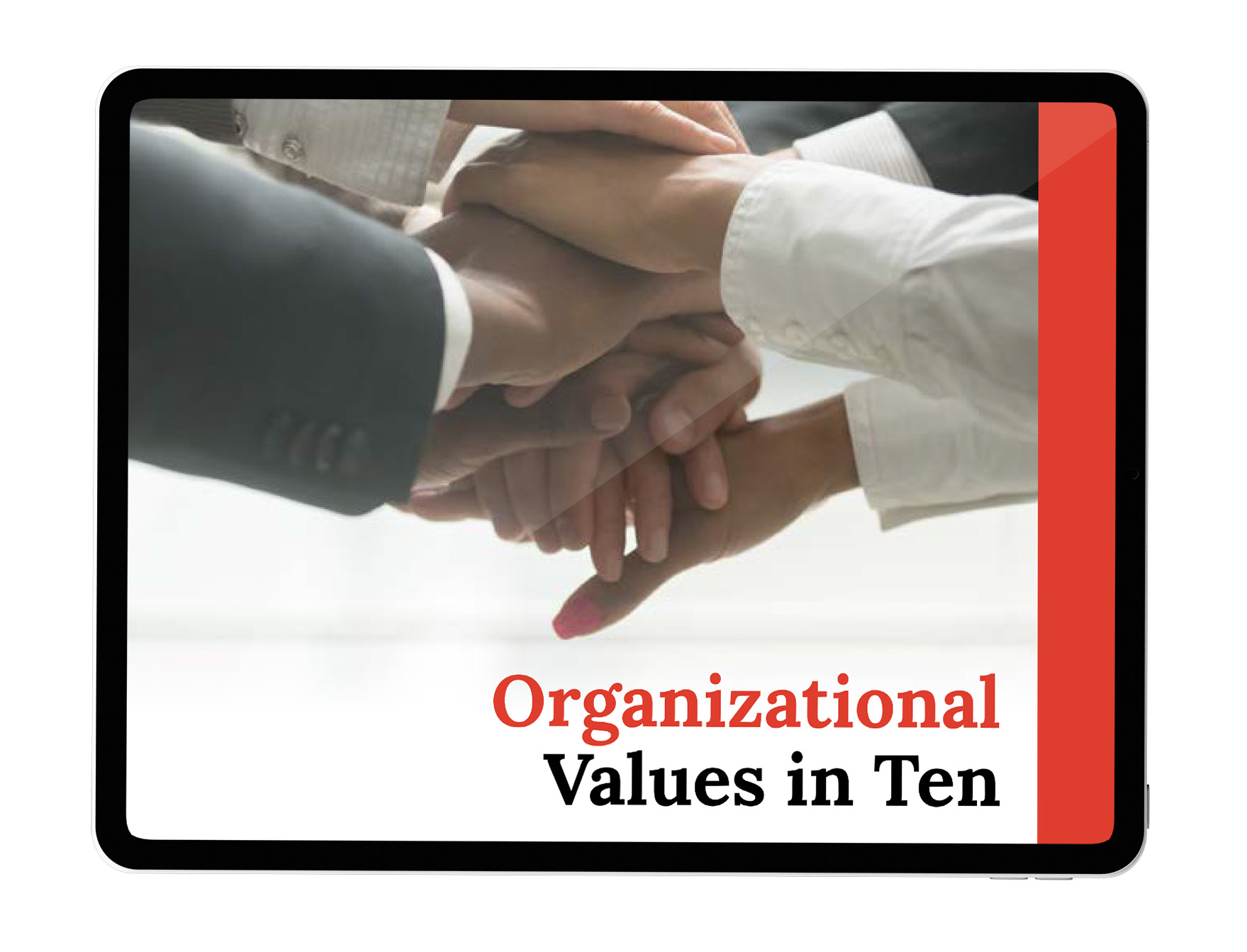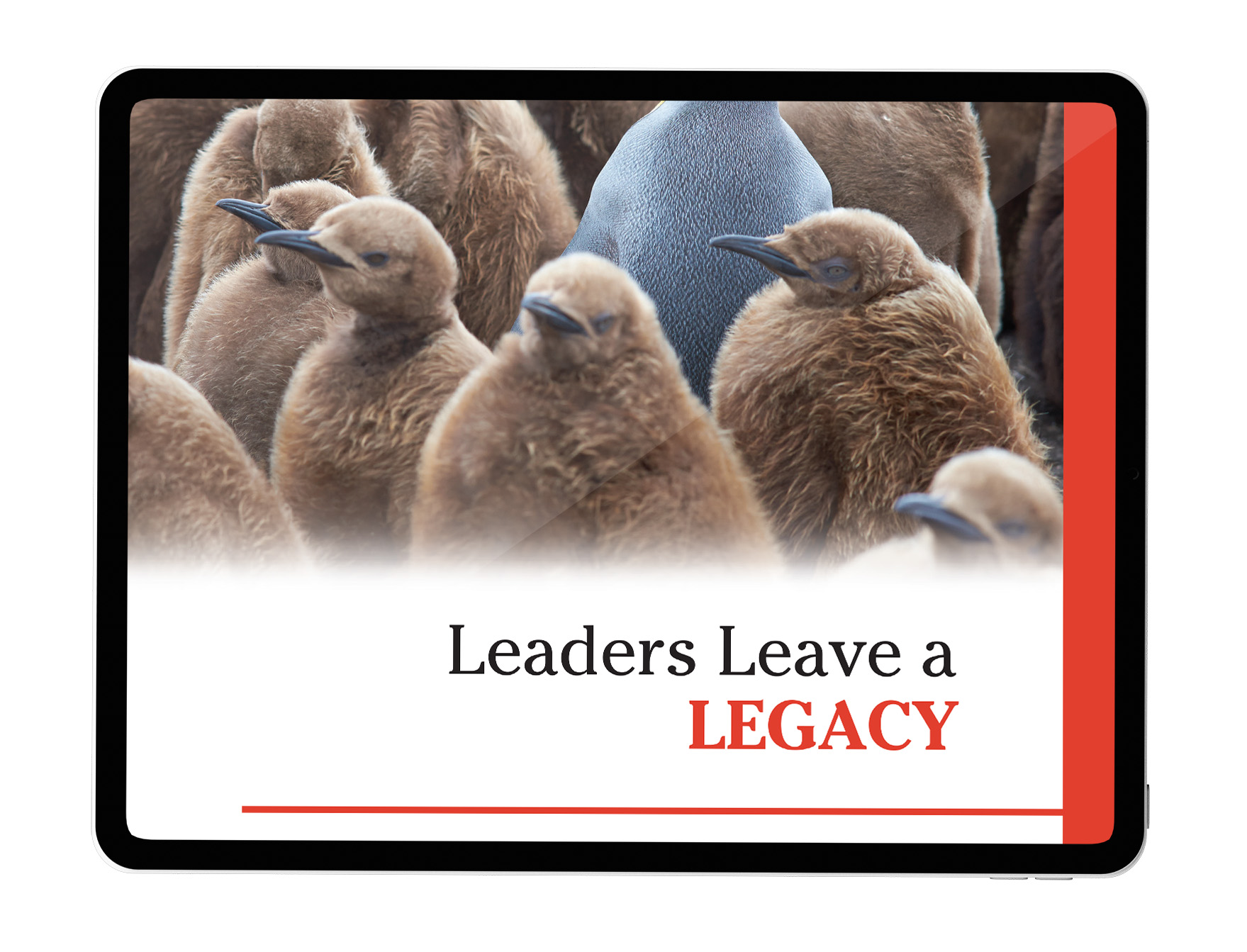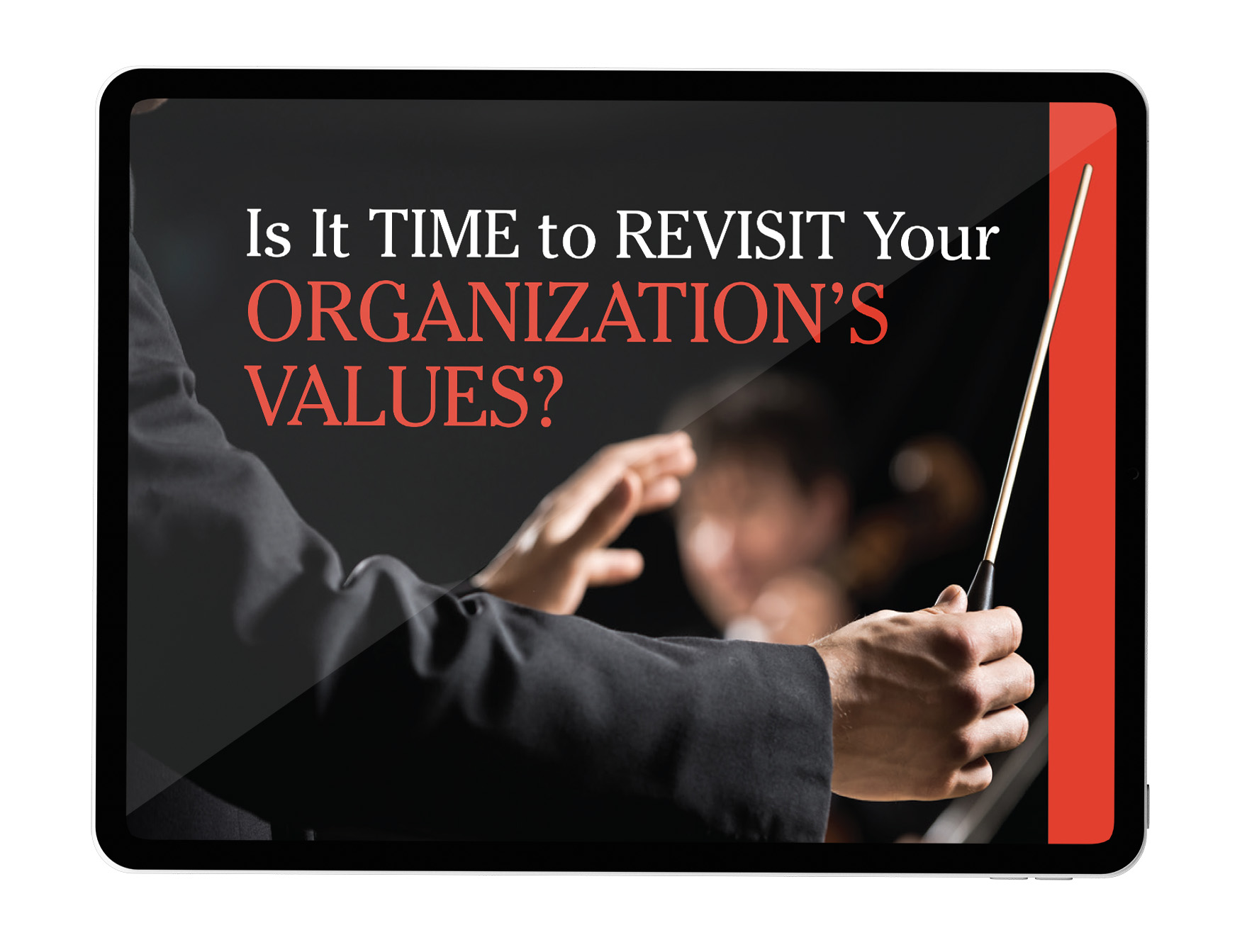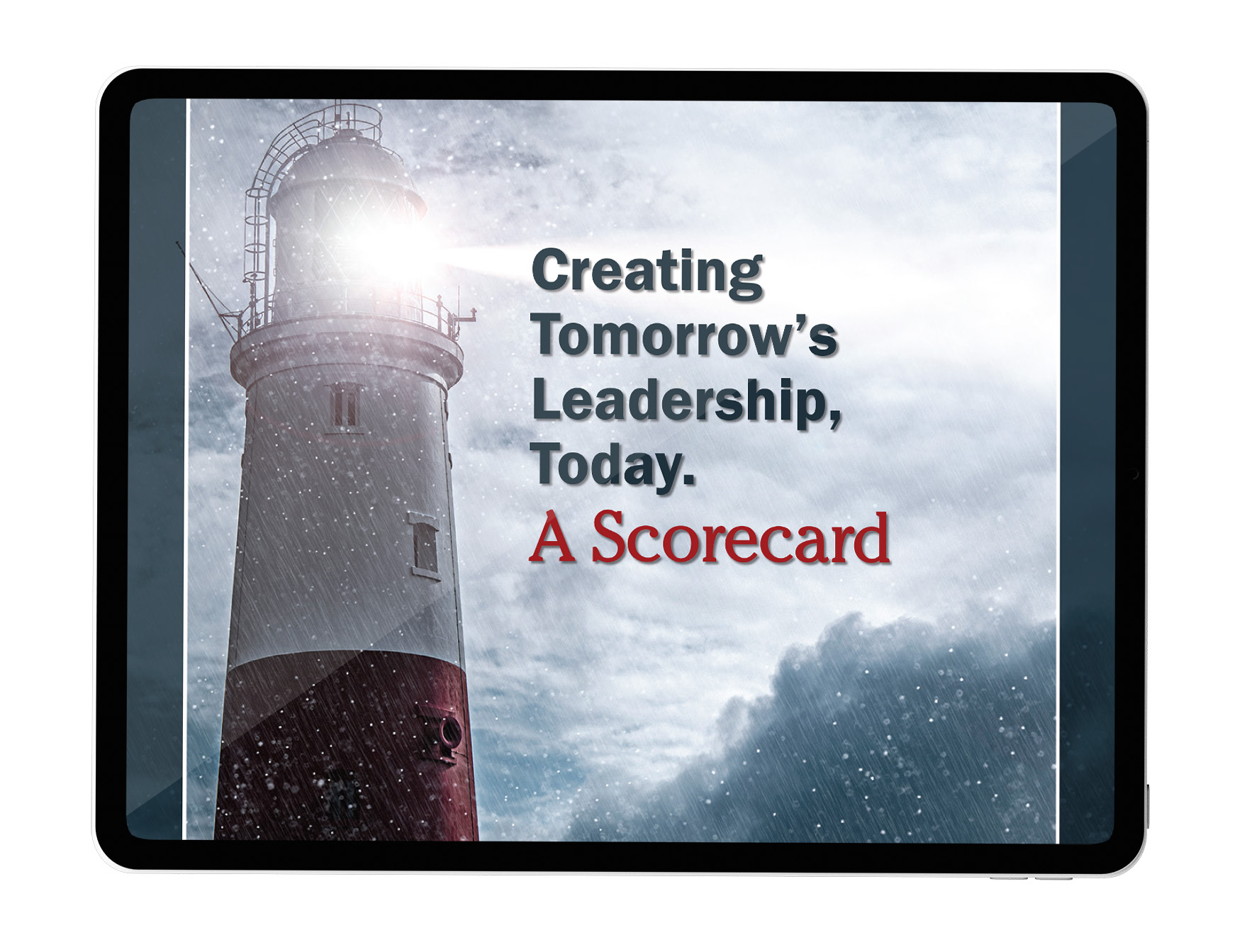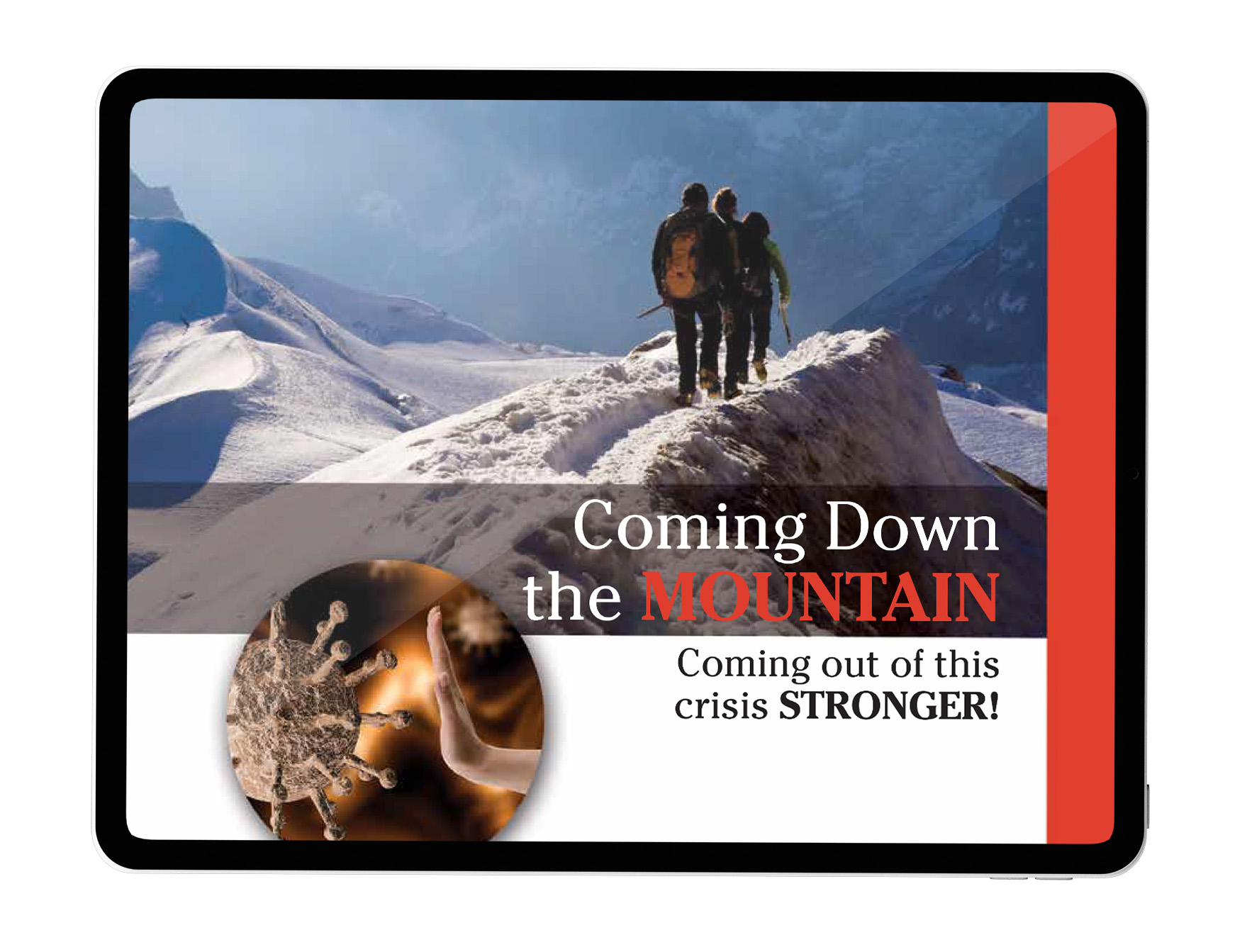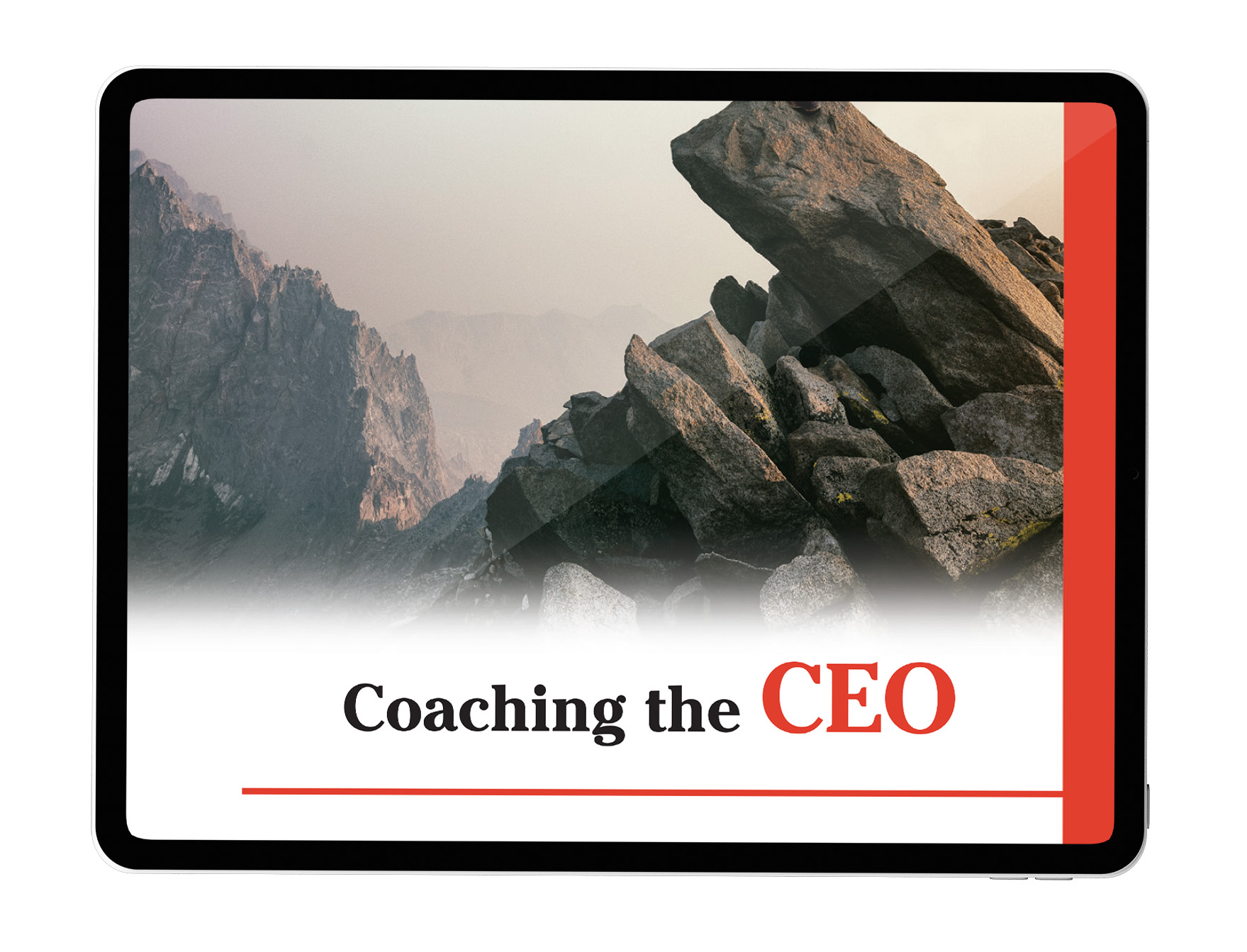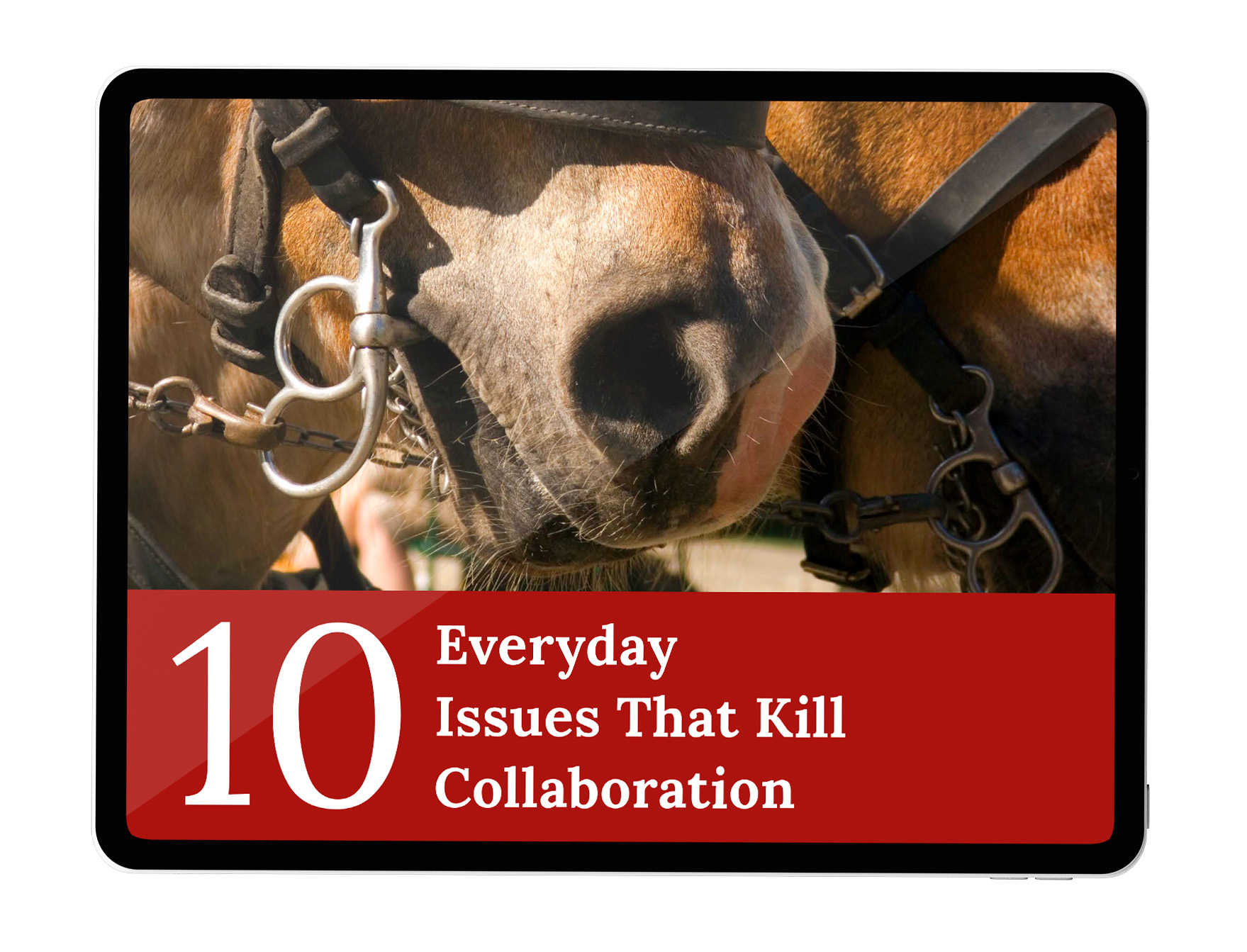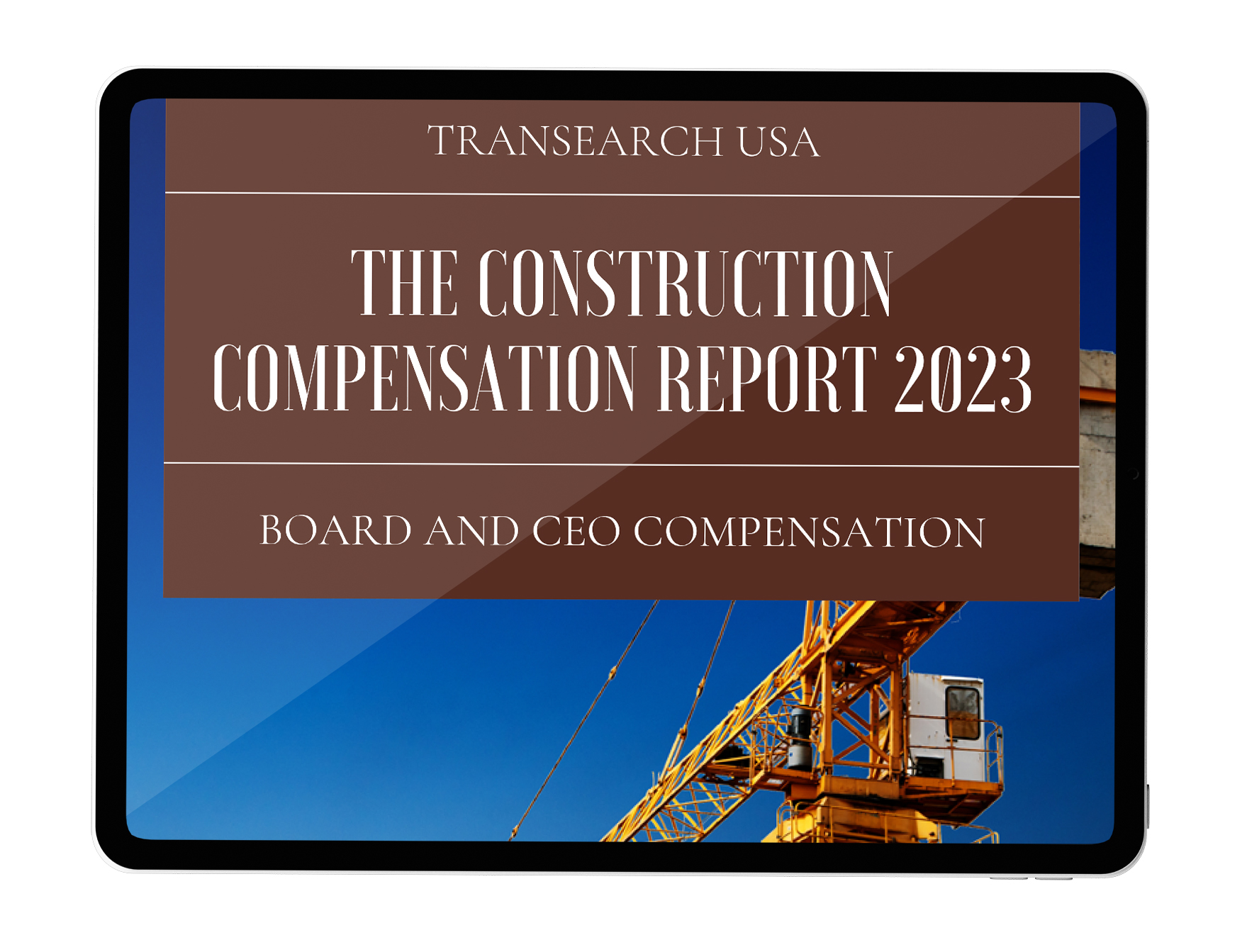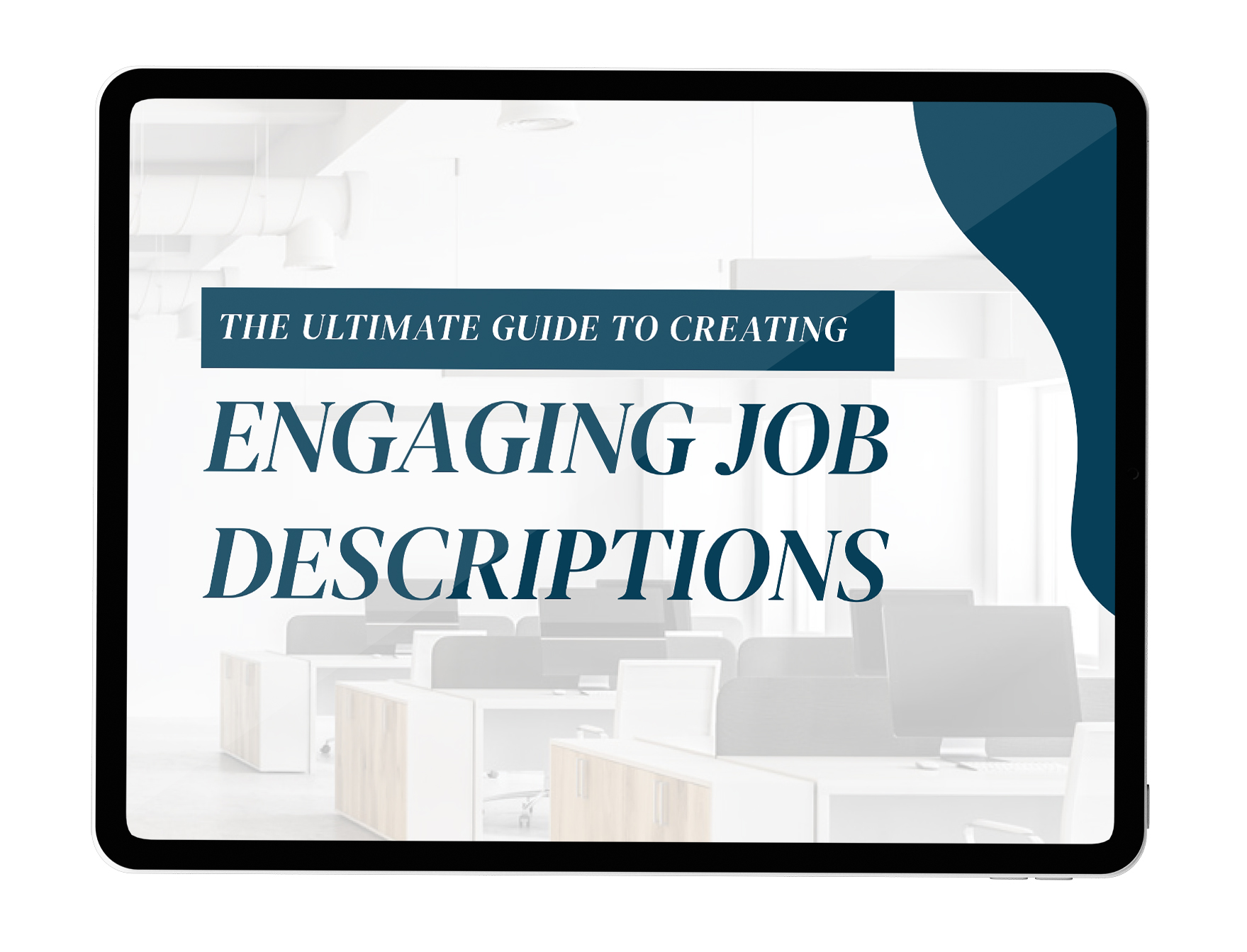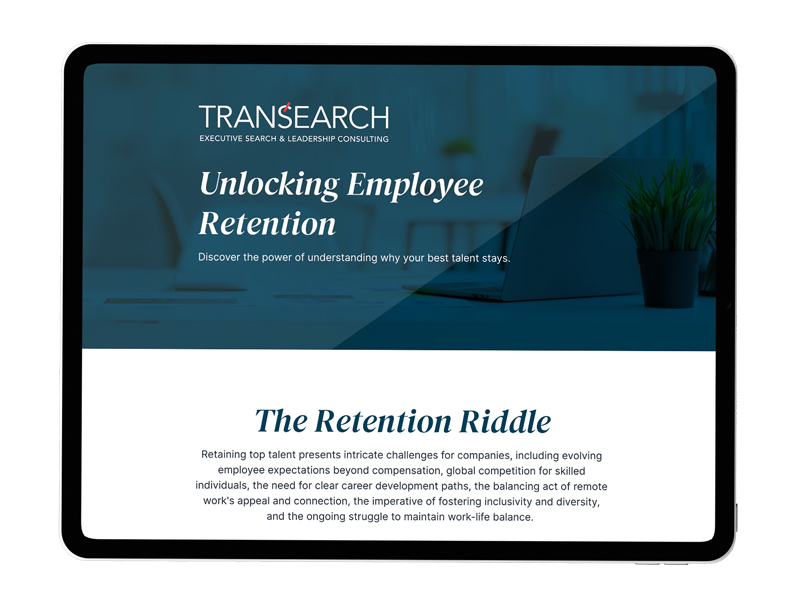Long before the headlines screamed ‘critical talent shortages’ and ‘The Great Resignation,’ GM CEO Mary Barra said something that now seems quite prophetic.
“Where the work permits, employees (should) have the flexibility to work where they can have the greatest impact on achieving our goals,” Barra said. “It is up to the leaders to focus on the work, not the where.”
While she made these comments in the throes of Covid, today, they are a clarion call to stop the flood of workers leaving their jobs. Specifically, empowering workers with flexible work schedules and locations will help organizations retain not only top performers, but attract esteemed people. It will also potentially boost morale, lower burnout, and transform businesses for the future of work.
A recent survey conducted by Topia, a talent mobility platform, found 91% of employees feel they should be able to work wherever they want, as long as they get their work done. More than half say the ability to work remotely attracts them to the company. Slack surveyed nearly 3,000 U.S. knowledge workers and found 72% prefer a hybrid remote-office model.
Flexibility also boasts benefits for bottom lines. A Gartner survey found 55% of the workforce was more productive when they could choose when, where and how much they worked during the week. When companies are not flexible, their capacity to attract and retain workers is hampered, as illustrated by another Gartner study which shows four out of 10 employees are at risk of leaving if businesses insist they return to on-site work.
Here at TRANSEARCH, we have embraced flexibility. Team members are in Chicago, Detroit, Los Angeles, Philadelphia, Toronto, and Mexico City. These locations are not only flexible in terms of place and time but also cater to the work-life balance of our people, while always making customer needs the top priority. Recognizing the power of flexibility to not only retain/attract your employees but also pave the way for their productivity and engagement, here are three tips to get flexibility right:
Have clear guidelines and policies
Having clear guidelines and policies around flexibility will help ensure quality work gets done and employees are accountable while giving workers the freedom of not being bound by a 9-5 day and choosing to work on-site, remote, or hybrid. Policies will help formalize flexibility and set specific expectations for core elements of work, such as hours, availability for clients, cybersecurity requirements, time management, and workloads. Policies that address location-based pay equity, knowing where your remote people are and metrics for evaluating the quality of work, are also pivotal.
In the spirit of flexibility, we recommend that when developing guidelines, engage your team in the process. Tap into everything from virtual town halls, surveys, polls, lunch n’ learns, and focus groups to create flexible policies that meet company and employee needs.
Arm your team with flex-friendly resources
Much hype was made when Google offered their employees $1,000 to buy anything from a made-for-home office desk to a comfy chair a few months into the pandemic. The fact is, when employees have the right resources to do their work no matter where they are, they are more likely to succeed.
For instance, consider leveraging managed office services like WeWork. In addition to video conferencing and document sharing platforms, help unlock your people’s full potential with robust virtual collaboration tools and self-scheduling technology. For example, Delta Air Lines employed a software solution that allows staff to bid on which shifts they work. Technology, tools, and training are all vital keys to help facilitate flexibility.
Live it and learn from it
Flexibility today will likely be different a few months from now or sooner. So as you’re living it, learn from it, refine it and continuously adapt. Over time, some people may want to switch from remote to hybrid. Or they may want a new system that tracks their hours. Track results closely and make changes when necessary.
Remember, the end goal is stopping the tidal wave of people leaving and encouraging great talent to want to work with you. By seeing your organization offers flexible options for workplace hours and location, has formal flex structures in place, and invests in flex-friendly tools, you are far more likely to be switching from saying ‘sorry to see you go,’ to ‘you’re hired!’





















